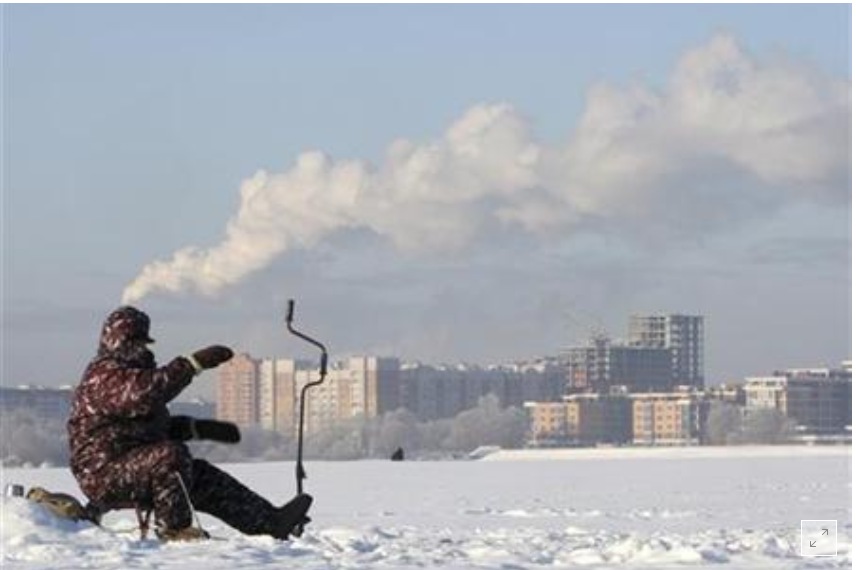CO2 At New Highs Despite Economic Slowdown

OSLO (Reuters) - Levels of the main greenhouse gas in the atmosphere have risen to new highs in 2010 despite an economic slowdown in many nations that braked industrial output, data showed on Monday. Green Business Carbon dioxide, measured at Norway's Zeppelin station on the Arctic Svalbard archipelago, rose to a median 393.71 parts per million of the atmosphere in the first two weeks of March from 393.17 in the same period of 2009, extending years of gains. "Looking back at the data we have from Zeppelin since the end of the 1980s it seems like the increase is accelerating" Johan Stroem, of the Norwegian Polar Institute, said of the data compiled with Stockholm University. The rise in concentrations, close to an annual peak before carbon-absorbing plants start to grow in the northern hemisphere spring, was below the average gain over the year of around 2 parts per million. "It still confirms the rise," Stroem said of the data from the first two weeks of March supplied to Reuters. Concentrations vary from week to week depending on the source of Arctic winds. Carbon concentrations have risen by more than a third since the Industrial Revolution ushered in wider use of fossil fuels. A 2009 study of the ocean off Africa indicated carbon levels in the atmosphere were at their highest in 2.1 million years. Recession in 2009 in many nations has not apparently affected gains. The International Energy Agency estimated in September that emissions of carbon dioxide would fall about 2.6 percent in 2009 because of a decline in industrial activity. Concentrations can keep rising since each carbon molecule emitted typically lingers in the atmosphere for many years. The U.N. panel of climate scientists says the rise will cause more floods, mudslides, heatwaves, sandstorms and rising sea levels. CLIMATE SCIENCE The data "seem to show that we continue to emit as if there was no tomorrow," Kim Holmen, director of research at the Norwegian Polar Institute, said of the carbon readings. The build-up of carbon dioxide, also recorded since the late 1950s in measurements from a Hawaiian mountaintop, is one of the strongest elements of climate scientists' case that mankind is to blame for global warming. Skeptics have cast doubt on the science since leaks of e-mails from a British university last year appeared to show that some climate researchers are intolerant of alternative views. The U.N. panel of climate scientists, itself under fire for errors including an exaggeration of the pace at which Himalayan glaciers are melting, says it is more than 90 percent sure that human activities are causing global warming. Carbon concentrations at Svalbard peak in April after rotting plants release the gas through the winter -- land areas in the northern hemisphere are far bigger than in the south. Levels decline when plant growth resumes in the northern spring. Stroem said there were signs that the rise in concentrations in late winter was becoming bigger than in late summer. He speculated that could be a side-effect of global warming. A gradual shrinking of ice and snow cover in the Arctic summer, he said, might mean more plants were able to grow and so absorb carbon, masking the rise in atmospheric carbon. The death of some of the extra vegetation in winter added to emissions. For Reuters latest environment blogs, click on: blogs.reuters.com/environment/ http://www.reuters.com/article/idUSTRE62E2KJ20100315
